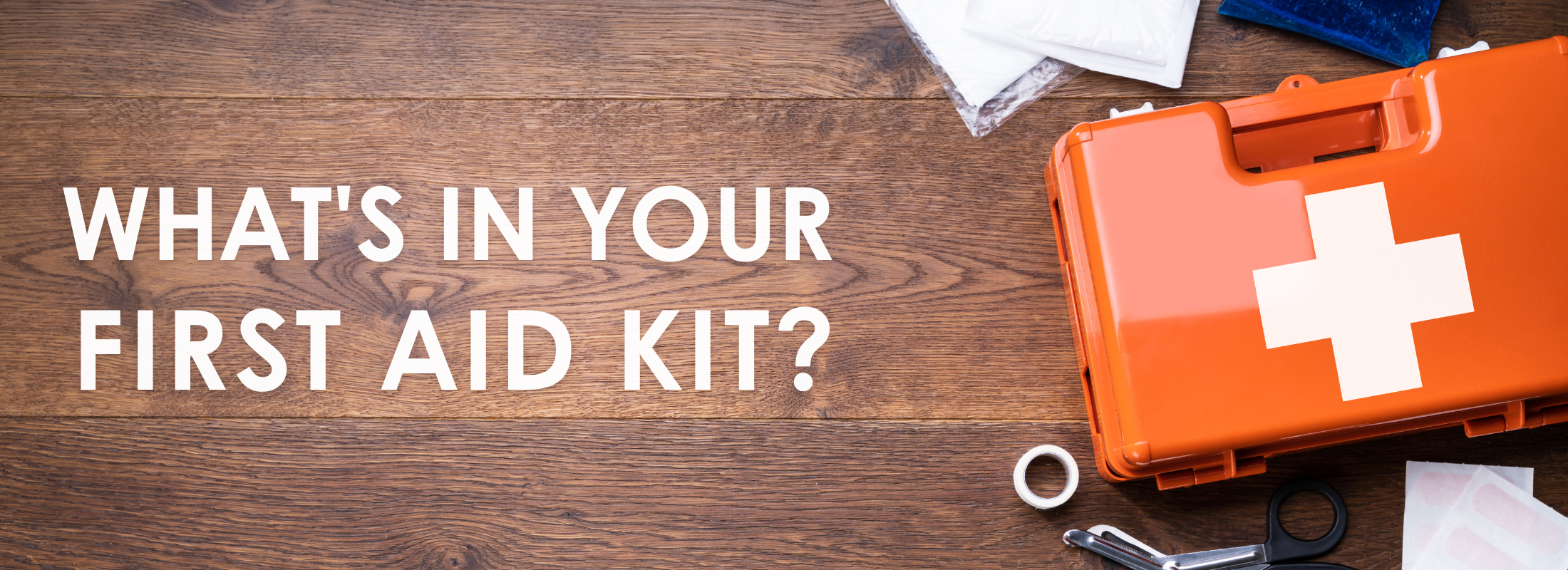
Table of Contents
A first aid kit is essential to a family, a go-bag, a travel duffel, and an adventure backpack. Certainly, the best thing you can do for yourself, and your family is to be prepared. So, we’re sharing our best tips with you on what to carry in a first aid kit so you can be prepared for minor injury and illness on your own. There are two main categories of items you’ll need:
First Aid Kit Items: Bandage Materials
Bandage Materials: In the event of an injury, having a variety of bandage options is key:
- Nitrile Gloves: Ensure clean handling.
- Antiseptic Wipes: Disinfect wounds effectively.
- Topical Antibiotic (e.g., Bacitracin): Promotes speedy recovery.
- Band-Aids: For small cuts and abrasions.
- Large-Area Bandages: Cover more extensive wounds.
- Gauze Rolls or Sheets: Versatile wound dressing.
- 1-Inch Wide Athletic Tape: Secure bandages in place.
- Small Surgical Scissors: For precise cutting.
- Quick-Act Ice Pack: Rapid relief for swelling.
- Ace Bandage: Supports sprains and strains.
- Tweezers and Tick Remover: To remove splinters or ticks effectively.
First Aid Kit Items: Medications
Without doubt, it’s best to have choice of pain relievers for different purposes. The elements won’t always be in your favor, but you can be prepared for them!
Medications: Having a selection of medications ensures you’re prepared for various health issues:
- Ibuprofen: Reduces inflammation (take with food).
- Acetaminophen: Reduces fever and pain.
- Antacid (e.g., Milk of Magnesia): Provides relief for upset stomach.
- Fast-Acting Anti-Allergy/Antihistamine: Addresses allergic reactions.
- Bee Sting Relief and Anti-Itch Cream: Soothes insect bites and stings.
- Electrolyte Tabs: Replenish essential minerals.
- Sunscreen: Protects your skin from harmful UV rays, even in winter.
- Saline Eye Drops: Relieves irritated eyes.
- Hand Sanitizer: Maintains hygiene on the go.
- Epi-Pen (if needed) and Asthma Inhaler (if needed): Vital for severe allergies or asthma attacks.
First Aid Kit Items: Staying Prepared Beyond the Basics
Being prepared goes beyond having bandages and medications; it involves anticipating unique situations and tailoring your first aid kit to meet specific needs. Here are some additional items to consider to enhance your preparedness:
Special Considerations:
Allergy Management: If anyone in your family or group has known allergies, consider including allergy-specific medications and anaphylaxis response items. This may involve carrying spare Epi-Pens, antihistamine injectors, or specialized allergy relief sprays. Understanding the signs of an allergic reaction is crucial; swift action can be life-saving.
Personal Medications: If someone requires prescription medications for chronic conditions, such as diabetes or hypertension, ensure an adequate supply is available. Keep these medications in their original, labeled containers, and include a copy of the prescription. This ensures proper identification and dosage information if medical professionals need to assist.
First Aid Manual: Knowledge is empowering. Include a compact first aid manual or instructions tailored to common outdoor injuries. This resource can guide you through more complex treatments, providing step-by-step guidance until professional medical help is available.
Emergency Contact Information: Inside your kit, place a laminated card with essential emergency contact numbers, including local hospitals, poison control centers, and family members. Having this information readily accessible can save precious time during a crisis.
Personal Comfort Items: In stressful situations, comfort can make a significant difference. Include items like a space blanket for warmth, a compact emergency poncho, and a few energy bars or snacks. These items provide comfort during unexpected situations, promoting a sense of security and well-being.
Communication Devices: In areas with limited cell reception, consider carrying a portable emergency radio. These devices can provide weather updates and emergency broadcasts, crucial information in natural disaster situations.
Remember, preparedness is not just about the physical items but also about mental readiness. Educate your family or group on basic first aid techniques and ensure everyone knows how to use the items in the kit effectively. Regularly review and refresh the contents, replacing any items that have been used or have expired.
By considering these additional aspects, your first aid kit becomes a comprehensive safety resource, empowering you to handle a wider range of situations confidently. Stay prepared, stay vigilant, and embrace your adventures with peace of mind!
Conclusion
If you’ve made it this far, consider yourself educated for taking on any sports game, walk in the park, scenic hike along the river, bike ride around town and more. Generally, It’s best to keep your first aid kit in a bright and easy-to-identify sack or bag in an easy to reach place in your backpack or purse. In addition, let others in your family or group know where it is, and what is in it.
Communicate any severe allergies and how to use an epi-pen in a time of need. As a matter of fact, many parents and healthcare professionals even carry an epi-pen for the sake of others. Most important, be sure to check the medications in your kit every 3 years, as some may expire.
*Please note: This is a simple essentials first aid kit that does not include treatment for serious trauma. Therefore, if there is a medical emergency outside your scope of handling, see our Urgent Care Center for non life-threatening conditions, or go to the emergency room for life-threatening conditions.
© Excel Urgent Care and Affiliates 2023

